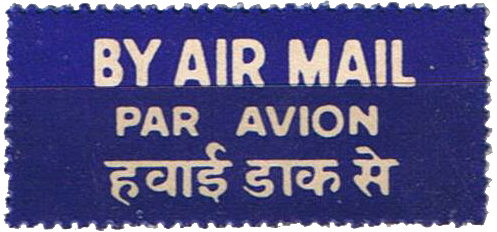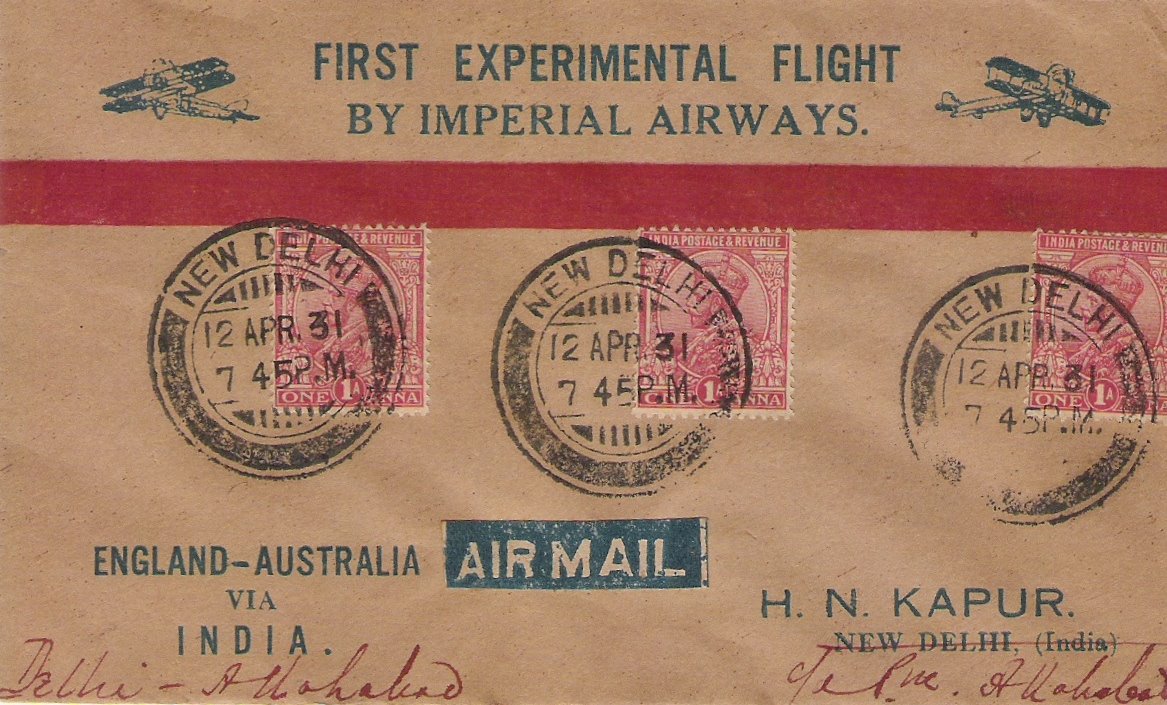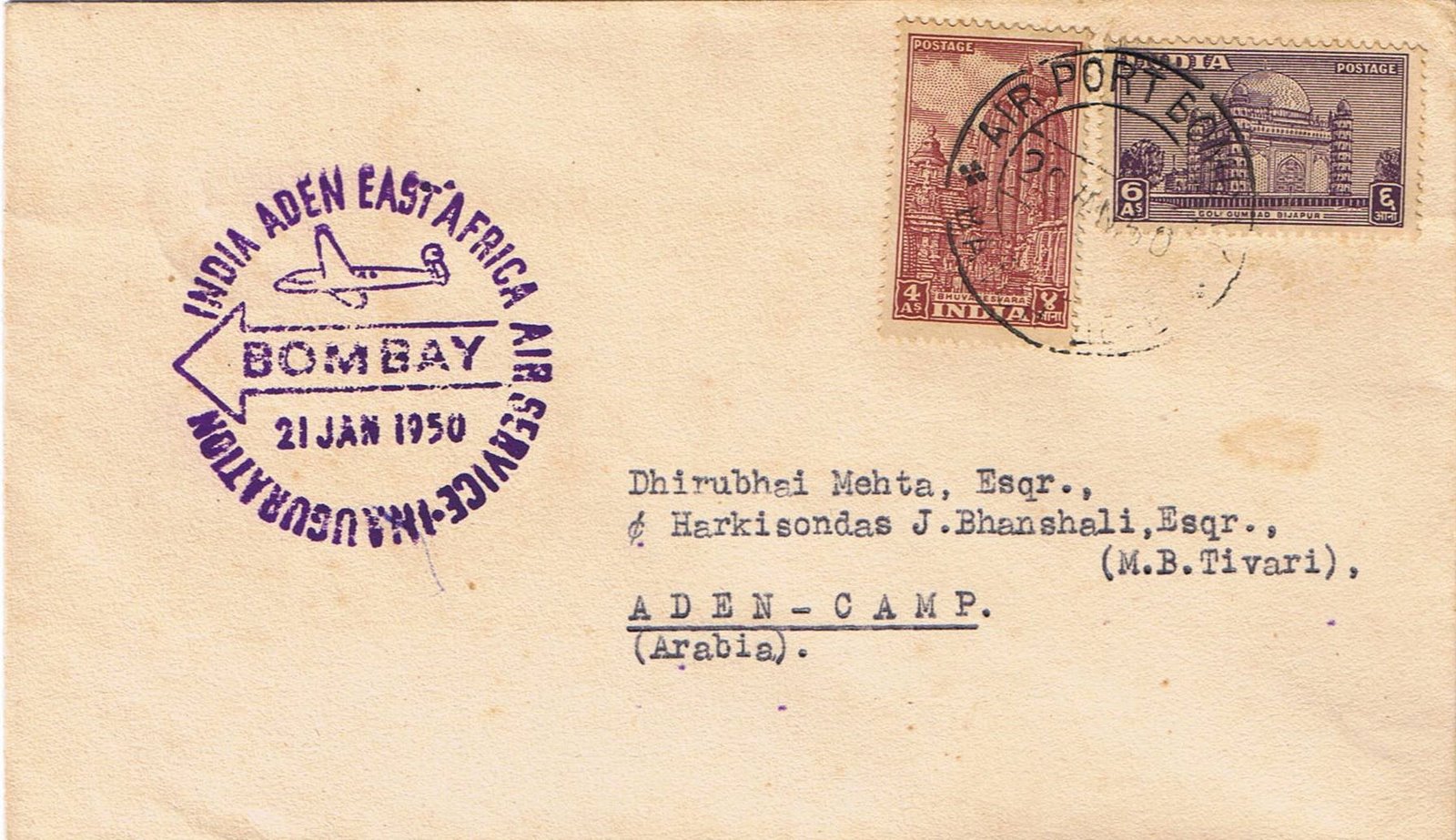Where did the year go? Suddenly we realize that 2009 which started in January is on its back with a blink of an eye! And it is December & Christmas season again -
Wednesday, December 23, 2009
Happy Christmas
Where did the year go? Suddenly we realize that 2009 which started in January is on its back with a blink of an eye! And it is December & Christmas season again -
Monday, October 19, 2009
Stamps of earlier posts
My collection is spread over a large number of albums, sheets, packets, display cards etc and I have been trying to get the material into some order and scan for uploading on future blogs. I found that I have several stamps of previous posts. So here are some of the scans.
Monday, October 5, 2009
Pioneers of Aviation 1900-10
Ellehammer's later inventions included a successful triplane and helicopter. His helicopter was a coaxial machine. A famous photo shows it hovering in 1914, though there is no evidence that it was successful in achieving translational flight.
Monday, September 28, 2009
Pioneer of Aviation: Otto Lilienthal
Lilienthal 's greatest contribution was the development of heavier-than-air flight. He madeover 2000 glides experimenting with various forms of winged craft. His glides were from an artificial hill he built near Berlin, and also from natural hills, especially in the Rhinow region. Lilienthal succeeded in making sustained flights of upto 700 to 800 feet from hilltops. He was the first to make use of cambered wings and virtually the first to use wings with positive results.
Stamp issued by Germany in 1934 with his picture and his gliding attempt in the background..
A stamp issued by Germany in 1978.
Hungarian stamp showing Otto Lilienthal in the background
Thursday, September 3, 2009
Alberto Santos-Dumont
Alberto Santos-Dumont flew into the records book on 23rd October, 1906 when he flew his 14-bis plane at Bagatelle, near Paris, for over 200 feet at an altitude of about 10 feet. This was the first officially recognized heavier-than-air flight in Europe and earned him the first of the aviation prizes, 3,000 francs for a 25-meter-or-greater flight.
Alberto Santos-Dumont was born on July 20, 1873 and died on July 23, 1932
On 12th November, 1906 Santos-Dumont flew 700 feet at an altitude of almost 13 feet thus qualifying for the second aviation prize offered for heavier-than-air-aircraft, 1,000 francs for a flight of 100 meters or more.
Brazilian stamp issued in 1929 shows the 14-bis and the date of 12 November 1906.
 First in the Air, first on the Moon. Brazil marked the Moon Landing in 1969 with this stamp showing Santos-Dumont's aviation achievement vis a vis the
First in the Air, first on the Moon. Brazil marked the Moon Landing in 1969 with this stamp showing Santos-Dumont's aviation achievement vis a vis theLanding on the Moon


Wallis & Futuna Islands issued this stamp to mark the birth centenary of Santos-Dumont. The stamp shows his airship also the 14-bis.

This stamp issued by SanMarino shows the Demoiselle monoplane, the last plane Santos-Dumont designed. He used this as his personal transportation. It could attain speed of over 100 km/hr

Tuesday, August 25, 2009
The Wright Brothers



Four flights were made on that historic day 17th December, 1903, Here is Orville Wright’s account of the final flight of the day:
“
Wilbur started the fourth and last flight at just about 12 o'clock. The first few hundred feet were up and down, as before, but by the time three hundred feet had been covered, the machine was under much better control. The course for the next four or five hundred feet had but little undulation. However, when out about eight hundred feet the machine began pitching again, and, in one of its darts downward, struck the ground. The distance over the ground was measured to be 852 feet (260 m); the time of the flight was 59 seconds. The frame supporting the front rudder was badly broken, but the main part of the machine was not injured at all. We estimated that the machine could be put in condition for flight again in about a day or two. “
Unfortunately, after the fourth flight a powerful gust of wind flipped the machine several times severely damaging it. The machine never flew again Years later Orville restored and lent it to various locations for display.
There were 5 witnesses to the first flights, among them John Daniels who took the famous picture of the first flight.
The Wright Brothers’ claim to be the first to fly a powered aircraft was disputed for years after their first epic flight. The Smithsonian Institution of America did not recognize their claim to the first heaver-than-air machine. The extent of the dispute can be seen in the fact that the historic Flyer was on display at the
FDC of an airmail stamp issued by the US in 1949 on the 46th anniversary of the first powered flight of the Wright Flyer. The cover cachet however, commemorates the return of the plane to the US which took place in 1948.
For years after the historic first flight and hundreds of flights thereafter the world refused to acknowledge their achievements. Eye-witness accounts were treated with skepticism. Part of the reason could be their refusal to reveal details of their machine. The Wright Brothers were not wealthy and hoped their invention would make money for them.
In 1904, the brothers built a new aircraft naming it the Flyer II. Several experimental flights to take flying to the next plane. On 20th September , 1904, Wilbur flew the first complete circle in history by a manned powered machine, covering 4,080 feet in about a minute and a half. However, Flyer II was often out of control. So they decided to scrap it and built a new machine Flyer III using the same old engine. But they made important design changes which enabled better control. In October Wilbur made the longest flight of 24.5 miles in 38 minutes and 3 seconds
The only ones who witnessed these flights were close family and a few neighbours. None were witnessed by reporters so they went largely unreported in the press. However, reports slowly trickled out but were considered fantasy. In fact the
All that changed when Wilbur demonstrated the latest bi plane on August 8, 1908
FDC of stamp issued by USA to mark the Golden Jubilee of the first powered flight














































